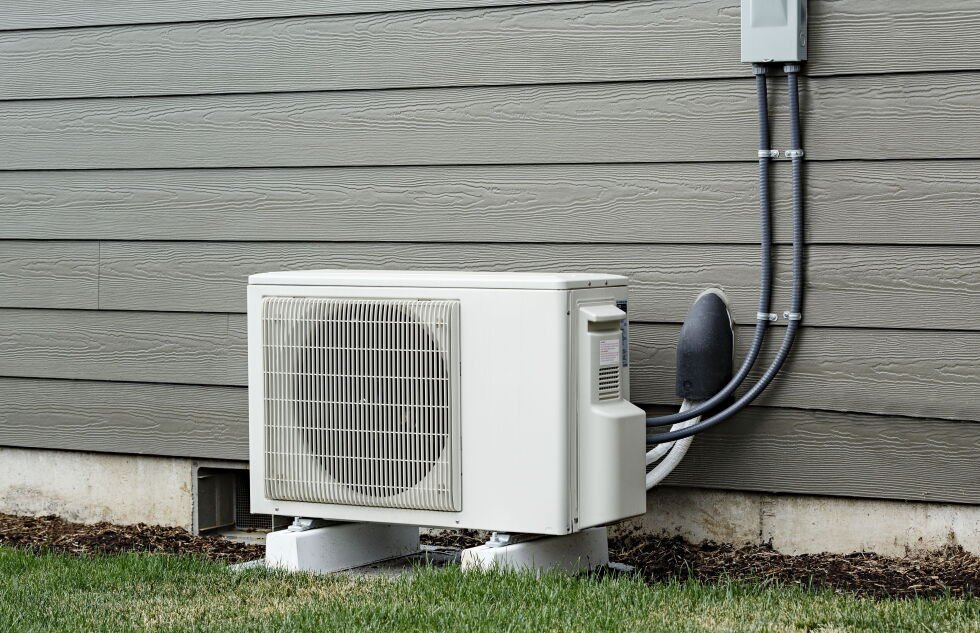Understanding Indoor Air Quality
Indoor air quality (IAQ) is a significant aspect of our living environment, often overlooked in daily routines. The EPA indicates that the air inside homes can be two to five times more polluted than the air outside. This pollution can stem from various sources, including household products, mold growth, and poor ventilation. Understanding IAQ is critical, as we spend approximately 90% of our time indoors, making it vital for our health and well-being.
The Health Implications of Poor Air Quality
Inadequate air quality can have serious repercussions on health. Chronic exposure to pollutants can lead to respiratory disorders such as asthma and bronchitis. In addition, it may contribute to neurological issues, fatigue, headaches, and even cardiovascular diseases. Vulnerable populations, including children and the elderly, are particularly at risk. Awareness of these implications emphasizes the importance of regular air quality assessments.
Identifying Common Indoor Air Pollutants
To effectively test and improve air quality, it’s essential to understand common indoor pollutants. These include:
1. Particulate Matter (PM): Tiny particles from dust, smoke, and other sources that can penetrate deep into the lungs.
2. Volatile Organic Compounds (VOCs): Gases emitted by various products such as paint, cleaning supplies, and furniture. Long-term exposure can result in severe health effects.
3. Mold and Allergens: Mold thrives in damp environments and releases spores that can provoke allergies and respiratory issues.
4. Carbon Monoxide (CO): A deadly gas produced by burning fuel that can prevent oxygen from reaching the body’s organs.
5. Radon: A naturally occurring radioactive gas that poses a significant health risk over prolonged exposure. Testing for these pollutants should be a priority in maintaining safe indoor environments.
Methods for Air Quality Testing
There are several effective methods for testing air quality in your home:
1. DIY Air Quality Test Kits: These kits are available for homeowners and can measure specific pollutants like radon and VOCs. They are affordable and user-friendly, making them a popular choice.
2. Digital Monitors: These devices provide real-time data on various pollutants. They are easy to use and can continuously monitor indoor air quality, alerting users to any dangerous changes.
3. Professional Testing Services: For a comprehensive assessment, consider hiring professionals who utilize advanced equipment to detect hidden pollutants. They provide a detailed report and recommendations tailored to your home’s specific needs.
Preparing for Air Quality Testing
Preparation is key to obtaining accurate air quality test results. Here are some steps to follow:
1. Identify Concern Areas: Focus on rooms with visible mold or persistent odors, as these areas are likely to harbor pollutants.
2. Avoid Contamination: Shut down air purifiers and HVAC systems before testing to prevent interference with results. Additionally, avoid using cleaners or aerosols on testing day, which could skew the data.
3. Timing: Conduct tests when windows and doors have been closed for several hours to accurately reflect indoor conditions.

Interpreting Your Air Quality Results
Once you receive your air quality test results, understanding what they mean is crucial. Compare your findings to established guidelines from the EPA or WHO to discern safe levels of pollutants. Identify any areas where pollutant levels exceed acceptable thresholds and prioritize actions to mitigate them. Keep an eye on seasonal variations, as pollutant levels can fluctuate throughout the year, often peaking during certain seasons.
Improving Indoor Air Quality
After identifying pollutants, take proactive measures to enhance indoor air quality:
1. Humidity Control: Keep humidity levels below 50% using dehumidifiers to prevent mold growth.
2. Enhance Ventilation: Open windows when possible to introduce fresh air. Install exhaust fans in high-moisture areas like kitchens and bathrooms to expel contaminants.
3. Invest in Air Purifiers: Use HEPA filters to trap fine particles and allergens, and consider models with activated carbon filters for VOC reduction.
4. Regular Cleaning: Frequently dust and vacuum with HEPA-filtered vacuums. Regularly wash bedding and upholstery to minimize allergens.
FAQ
How often should I test my home’s air quality?
It’s advisable to test your home’s air quality at least once a year, or more frequently if there are significant changes such as renovations, persistent health issues, or seasonal changes in allergens.
What are the signs that I need to improve my indoor air quality?
Signs include persistent allergies, headaches, fatigue, visible mold, or musty odors. If anyone in your home experiences respiratory problems, it is crucial to assess and improve air quality.
Are DIY air quality test kits effective?
Yes, DIY air quality test kits can be effective for initial assessments, particularly for specific pollutants. However, for a comprehensive analysis, professional testing is recommended.












